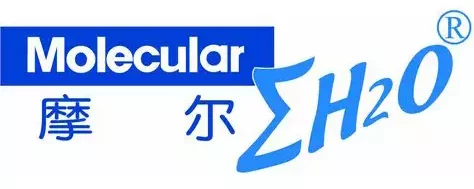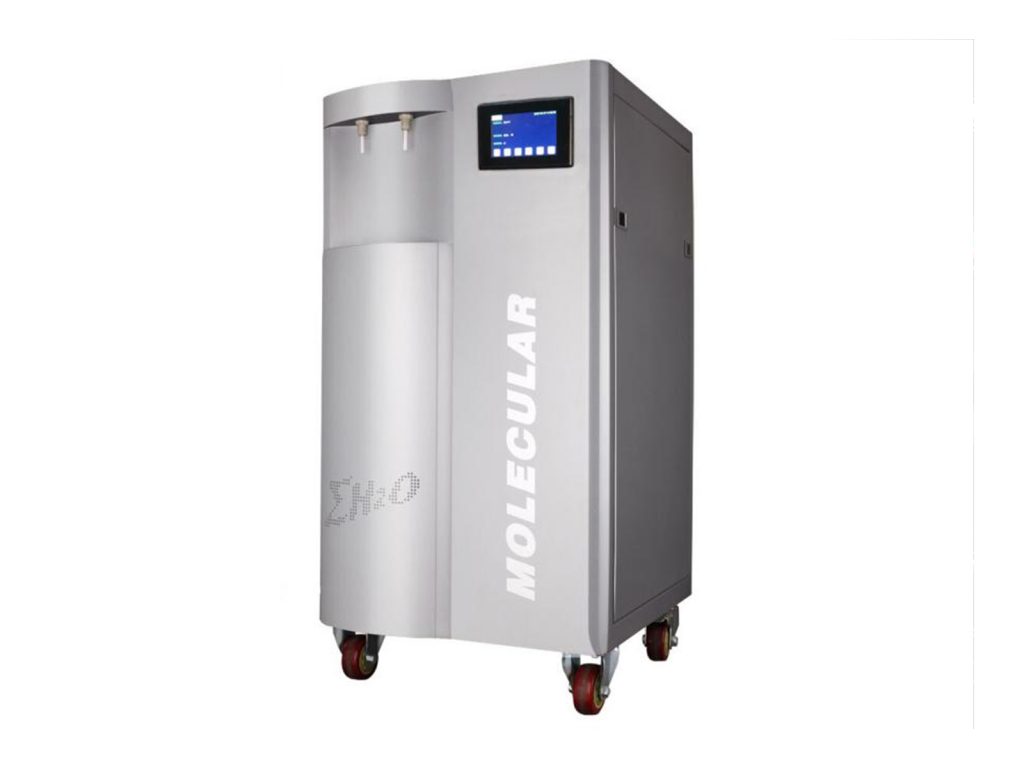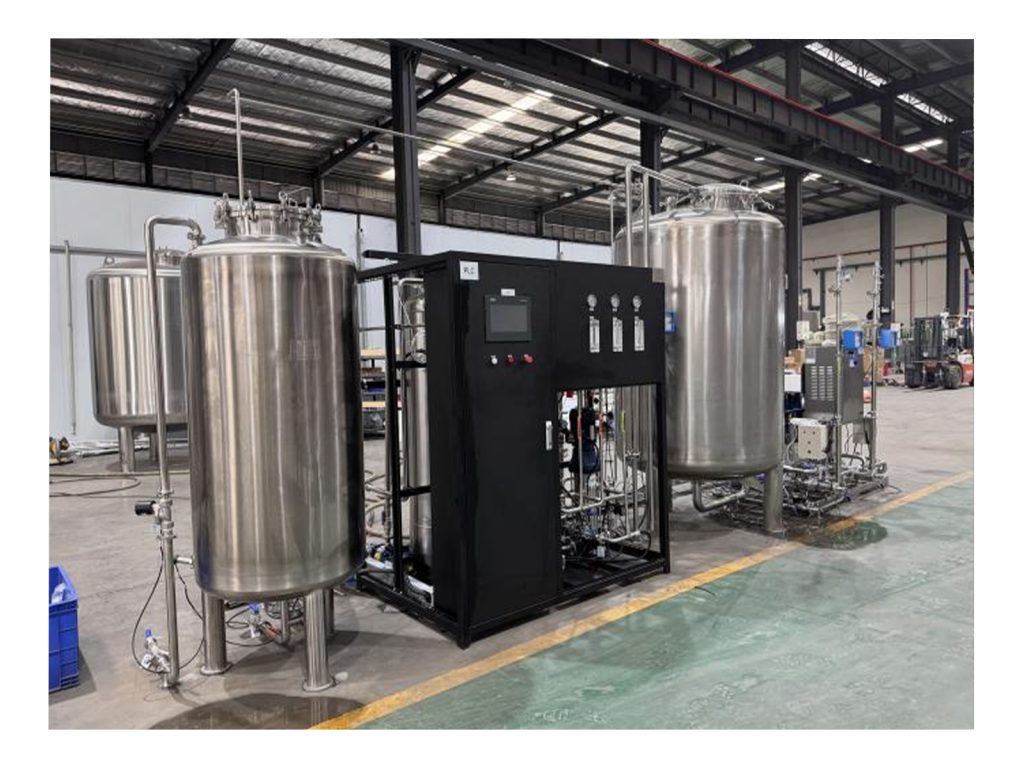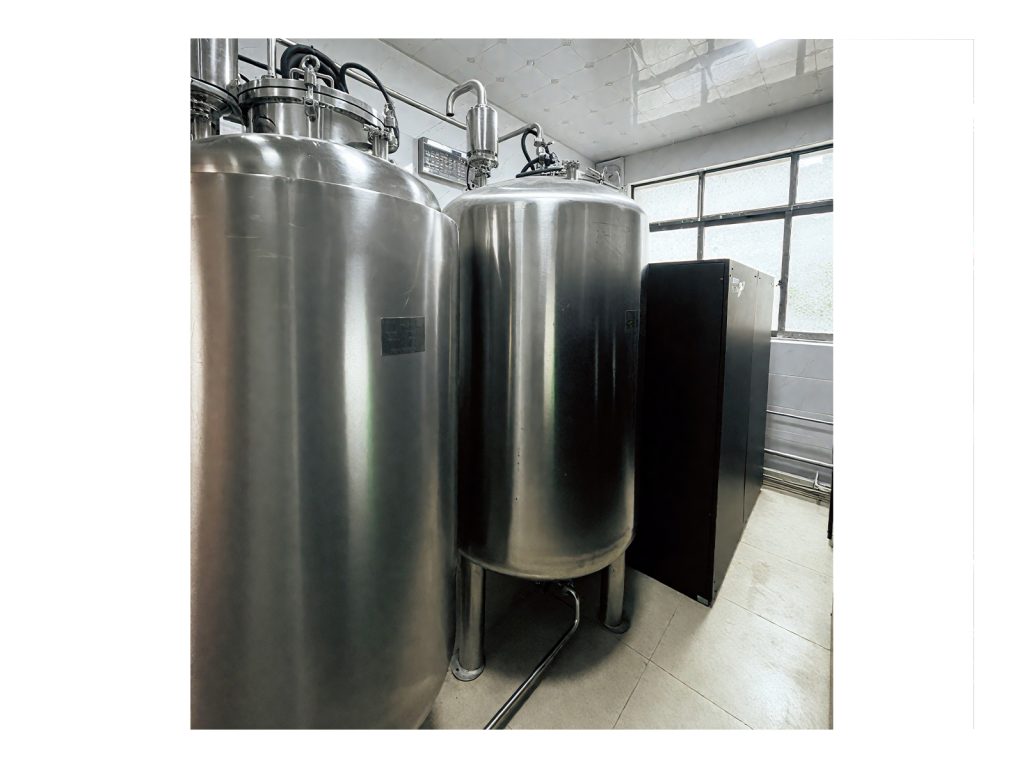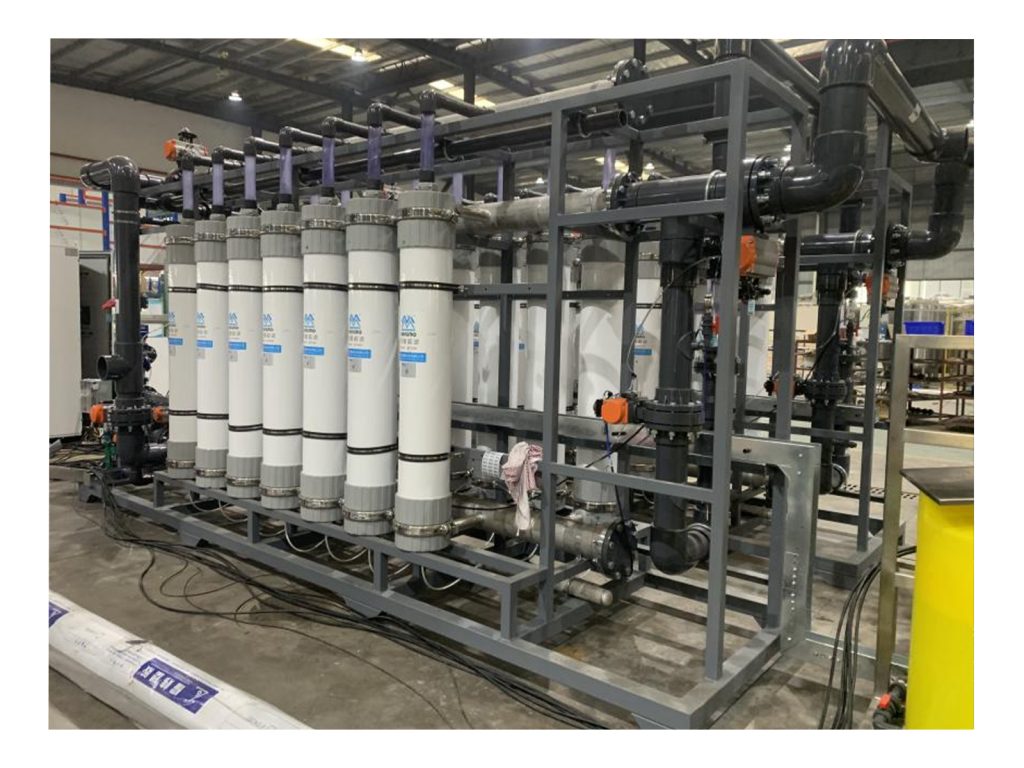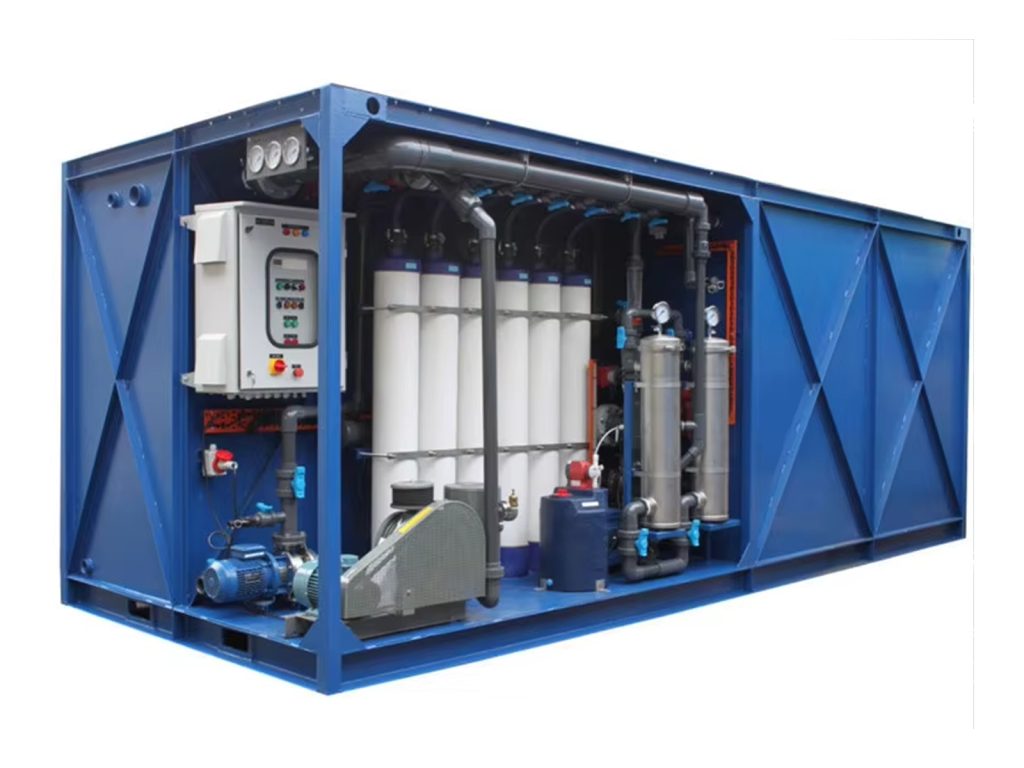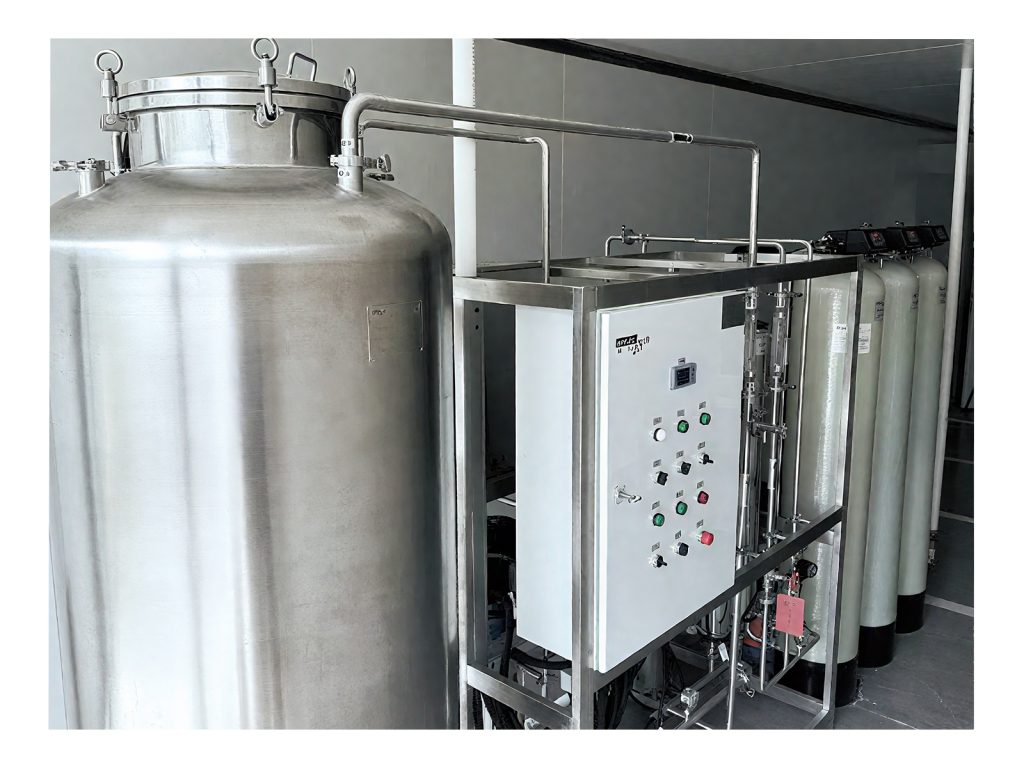We drink water every day, but few people stop to think: Where does this seemingly clear glass of water originally come from and what process does it go through before it finally reaches the tap? In fact, water in nature is not always clean. It may contain silt, bacteria, microorganisms, and even harmful chemicals. If consumed directly without proper treatment, it poses a threat to health.
This is precisely the reason why drinking water treatment exists. Only through a series of strict process steps can raw water be transformed into safe and drinkable clean water. Understanding these steps can not only help us recognize the preciousness of water resources, but also enable us to have a clearer understanding of drinking water safety.
What Is Drinking Water Treatment?
Drinking water treatment refers to the process of removing or transforming impurities and harmful substances in natural water bodies by using physical, chemical and biological methods, so as to make the water meet national or international drinking standards.
This involves not only “cleaning up the water”, but also a multi-step and systematic process. The entire drinking water treatment process involves water intake, sedimentation, filtration, disinfection and other steps, each of which is closely linked.
Its core goals are three:
- Safety: Ensure there are no pathogens or harmful chemicals;
- Hygiene: The water quality is stable and does not pose any health risks.
- Acceptability: The water should be clear and transparent, with a good taste and no off-flavors.
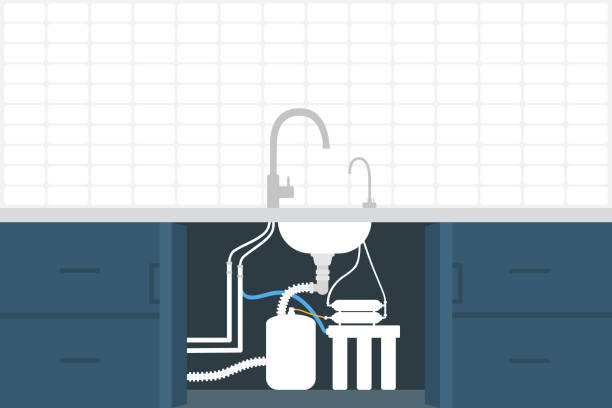
The Steps Of Drinking Water Treatment
When we delve into the process of drinking water treatment, we will find that it is a step-by-step chain. Each link has a clear purpose and none can be missing.
Water extraction and pretreatment
Water sources can be rivers, lakes, reservoirs or groundwater. When raw water enters the water plant, it first passes through a grid or screen to intercept large particles of impurities such as leaves, plastics and stones. Although this step seems simple, it is the prerequisite for ensuring the smooth progress of subsequent processing.
Coagulation and flocculation
Natural water bodies often contain a large number of tiny particles that are invisible to the naked eye. They are scattered in the water and difficult to remove directly. At this point, a coagulant needs to be added to allow these fine particles to adsorb each other and form larger “flocs”. Under the stirring effect, the flocs gradually increase in size, facilitating subsequent sedimentation.
Sedimentation
In the sedimentation tank, larger flocs slowly settle to the bottom of the tank under the action of gravity, forming a sludge layer. The clear water remains at the upper layer and proceeds to the next processing step. Sedimentation is a crucial step from turbidity to clarity.
Filter
The water after sedimentation appears clear, but it may still contain tiny particles and dissolved substances. Water is further purified through sand filtration, activated carbon or multi-layer filtration devices. Sand filtration can remove fine suspended solids, while activated carbon can also adsorb odors and some organic matter, making the water quality fresher.
Disinfection
Disinfection is indispensable to ensure the ultimate safety of water. Common methods include chlorine disinfection, ozone and ultraviolet light. They can effectively kill bacteria, viruses and parasites in water and prevent the spread of water-borne diseases. Chlorine disinfection is the most common in water plants around the world due to its strong persistence.
Storage and transportation
After all the treatment is completed, the clear water will be stored in the clear water tank and then transported through the pipeline network to residential areas, schools, hospitals and factories. Every drop of water undergoes multiple checks before reaching the faucet in our homes.
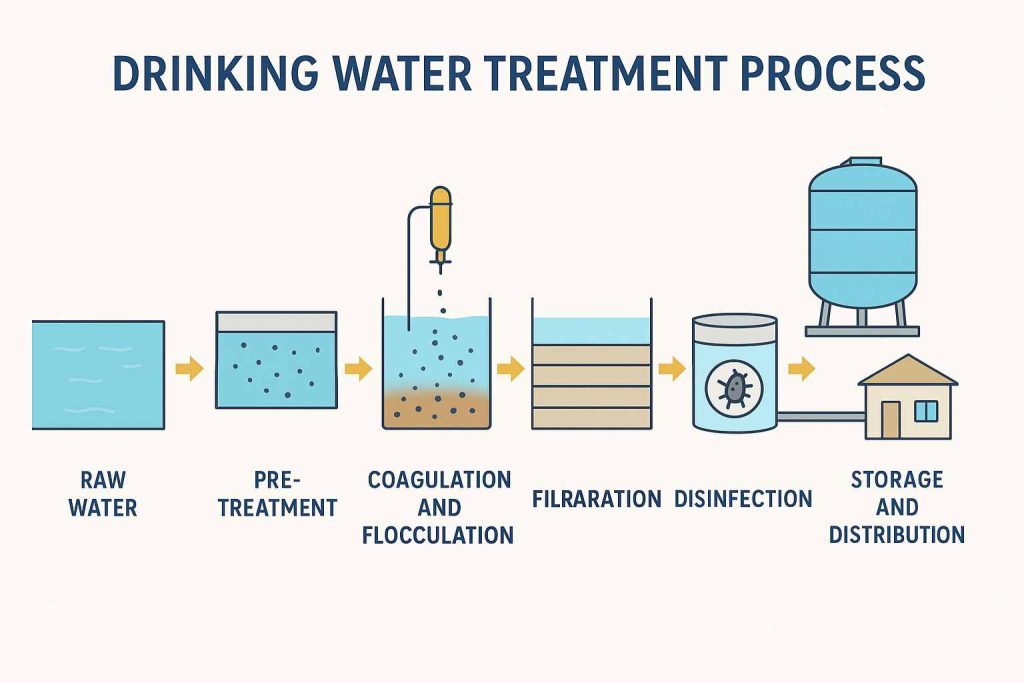
Therefore, the purification of drinking water is not achieved overnight but is the result of multiple complementary processes. This is exactly the complete drinking water treatment process.
Why Is Water Aerated In The Drinking Water Treatment Process
In the process of drinking water treatment, aeration is a often overlooked but very important step.
- Eliminating odors: Aeration can disperse volatile gases in water (such as hydrogen sulfide), thereby eliminating unpleasant smells.
- Increase oxygen: By fully contacting with air, the dissolved oxygen content in water increases, making the taste more refreshing.
Promote chemical reactions: Iron and manganese are oxidized during aeration and transformed into forms that are easy to precipitate and remove.
Usually, aeration is carried out in the pretreatment stage. It may seem like just “letting the water breathe”, but in fact, it lays a good foundation for the subsequent coagulation, sedimentation and filtration.
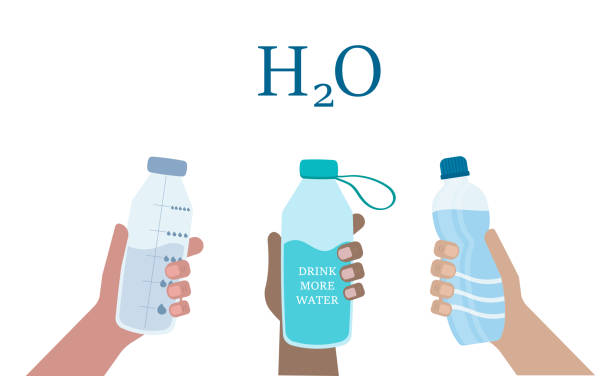
Similarities Between Drinking Water Treatment And Wastewater Treatment
Many people are curious: Are drinking water treatment and wastewater treatment completely different? In fact, there are quite a few similarities between the two in terms of principle and steps
Similarities
- All adopt physical methods (such as sedimentation and filtration) and chemical methods (such as disinfection and dosing treatment).
- All need to pass water quality monitoring to ensure that the treated water meets the corresponding standards.
- All aim to improve water quality as the ultimate goal, ensuring human health and environmental safety.
Differences
- The goal of drinking water treatment is to make water drinkable directly, so the removal requirements for bacteria, viruses and harmful substances are extremely high.
- Wastewater treatment is to purify domestic sewage or industrial wastewater to a level that can be discharged. The main focus is on reducing environmental pollution rather than ensuring drinking safety.
Through this comparison, we can not only better understand the complexity of drinking water treatment, but also recognize that it is closely related to environmental protection.
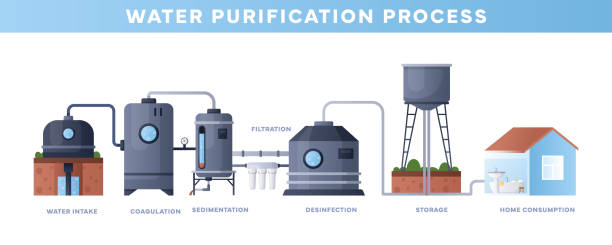
Final Thoughts
From the acquisition of raw water to the transportation of clear water, every drop of water has to go through a complete and complex drinking water treatment process. During this process, pretreatment, coagulation, sedimentation, filtration and disinfection are interlinked, and aeration, filtration and disinfection are the key links to ensure the safety of drinking water.
Although there are certain similarities in the processes of drinking water treatment and wastewater treatment, the former emphasizes drinkability while the latter emphasizes discharge. This difference reminds us that water is not only a resource but also a guarantee of life.
The next time you turn on the tap, you might think that behind that glass of clear water, there is a complete set of scientific and rigorous drinking water treatment system working silently.
